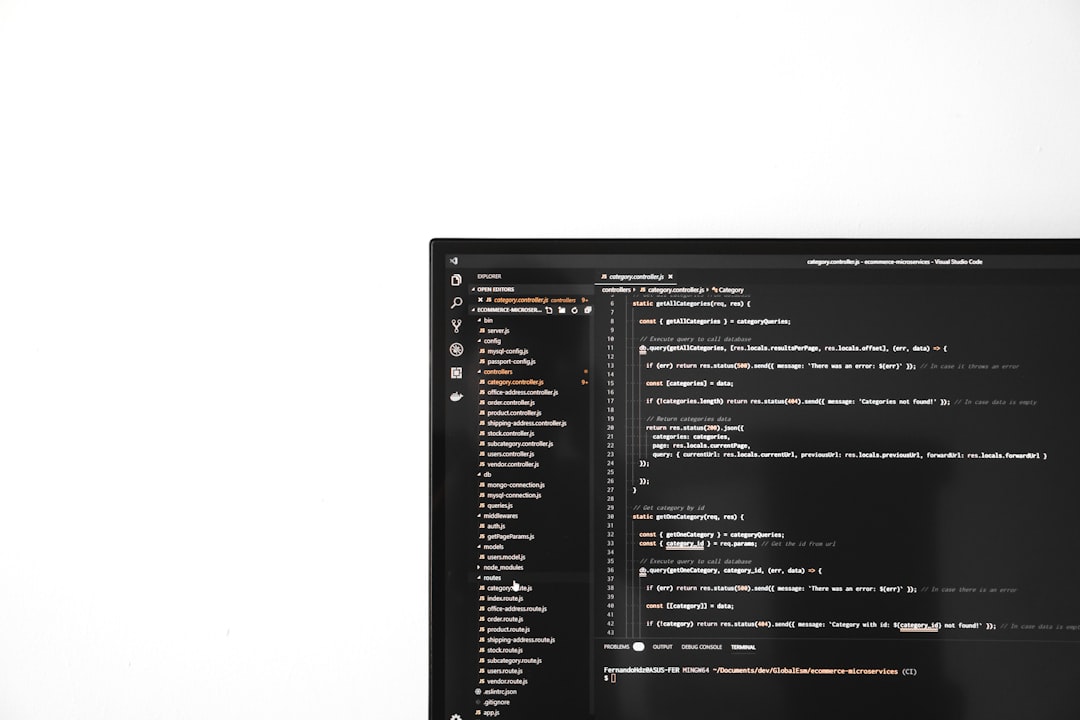You’re browsing your site. Everything seems fine. Then—bam!—you hit an ugly wall: Cloudflare Tunnel Error 1033: Origin Connection Failed. Ugh. What does that even mean?
Don’t worry. It’s not as scary as it sounds. With a little guidance, you’ll be on your way to fixing it fast!
What Is Cloudflare Tunnel Error 1033?
This error pops up when Cloudflare tries to connect to your origin server (the one actually hosting your content) and fails. Think of it like Cloudflare showing up to a party, but the door won’t open.
This usually means:
- Your Argo Tunnel (that’s what Cloudflare uses to connect to your server) isn’t running
- The tunnel is running on the wrong hostname
- Your server is offline or inaccessible

Why Does This Happen?
Cloudflare doesn’t store your website content. It forwards requests to your actual server. That tunnel helps Cloudflare securely reach your machine.
But if something breaks the tunnel—uh-oh. You get Error 1033.
To sum it up:
- Error 1033 = Cloudflare can’t reach your tunnel/server
Ready to fix it? Let’s jump in.
Step 1: Check If Your Tunnel Is Running
This is the most common issue. Your Cloudflare Tunnel might have stopped or crashed.
To check:
- On your server, run:
cloudflared tunnel list - Find your tunnel in the list. Is it active?
If not, you need to start it again:
cloudflared tunnel run your-tunnel-nameDoes the tunnel start successfully? Great! Head back to your browser and refresh. No more 1033? You’re golden.
Still seeing the error? Let’s keep digging.
Step 2: Verify Tunnel Configuration
If the tunnel is running but it isn’t connecting properly, double-check your configuration file.
By default, this file is in ~/.cloudflared/config.yml.
Make sure it looks something like this:
tunnel: your-tunnel-ID
credentials-file: /home/you/.cloudflared/your-tunnel-ID.json
ingress:
- hostname: example.com
service: http://localhost:8000
- service: http_status:404
Double-check:
- Is the hostname correct?
- Is the localhost port number accurate?
- Are you using
http://orhttps://correctly?
If anything’s off—fix it, then restart the tunnel:
cloudflared tunnel run your-tunnel-nameStill seeing Error 1033? Don’t worry. We have more tricks up our sleeve.
Step 3: Confirm DNS Settings
Cloudflare uses DNS to direct traffic. If the DNS entry isn’t tied to your tunnel, the connection fails.
Go to your Cloudflare Dashboard:
- Click on ‘DNS’
- Find the DNS record for your domain (like
example.com) - Make sure it’s a CNAME type, pointing to
your-tunnel-name.cfargotunnel.com
If it’s not there—or pointing somewhere else—fix it!
This is how Cloudflare knows which tunnel to use. Without it, you’ll see… You guessed it: Error 1033.
Step 4: Check Your Server
Your tunnel may be perfect. But the server behind it could be in trouble!
Time to make sure your local app is actually running.
If your tunnel is serving from http://localhost:5000, try accessing that directly on your machine:
curl http://localhost:5000If you get an error, your application probably isn’t running. Fire it up!
This is especially common if your app crashed or never started after a reboot.

Step 5: Restart Everything
You’ve made some changes. Let’s give it a reboot!
Run the following:
cloudflared tunnel cleanup cloudflared tunnel run your-tunnel-name
This ensures the old processes are gone and your tunnel starts fresh.
Also restart your app, just to be extra sure it’s all connected.
Step 6: Check Logs for Clues
If things are still broken, we need detective goggles.
Run your tunnel command with verbose logging:
cloudflared tunnel run your-tunnel-name --loglevel debugWatch the logs. You might see something like:
- “Cannot connect to localhost:8000”
- “Credential file missing”
- “Tunnel disconnected”
These clues will point you to the real problem.
Is your file path wrong? Did you mistype your tunnel ID? Logs will tell.
Bonus Tips & Tricks
Here are some helpful nuggets to keep in your toolbox:
- Always use
cloudflared tunnel listto check status - Make sure your config uses spaces, not tabs (YAML is picky!)
- Disable other servers running on the same port (use
lsof -i :8000to find them) - Update
cloudflaredwithcloudflared updateregularly
Still Stuck?
If all else fails, reach out for help:
- Post on the Cloudflare Community
- Read the official tunnel docs
- Check if your firewall is blocking connections
Sometimes, it’s just a small missing detail. A fresh set of eyes helps.
Wrapping It Up
Error 1033 is annoying, but not unbeatable.
The key is understanding what it really means: Cloudflare can’t reach your origin server. From there, it’s just a step-by-step process.
Let’s recap:
- Check if your tunnel is running
- Verify your config file
- Update your DNS settings
- Make sure your local server is live
- Use logs to trace problems
With a little patience, you’ll be back online in no time!
Keep calm and tunnel on!